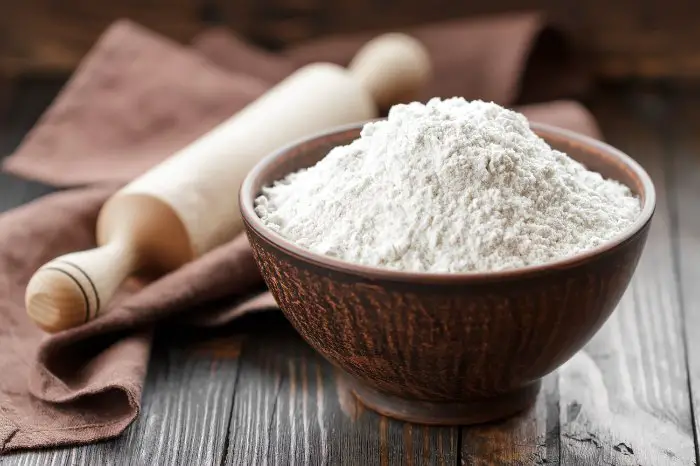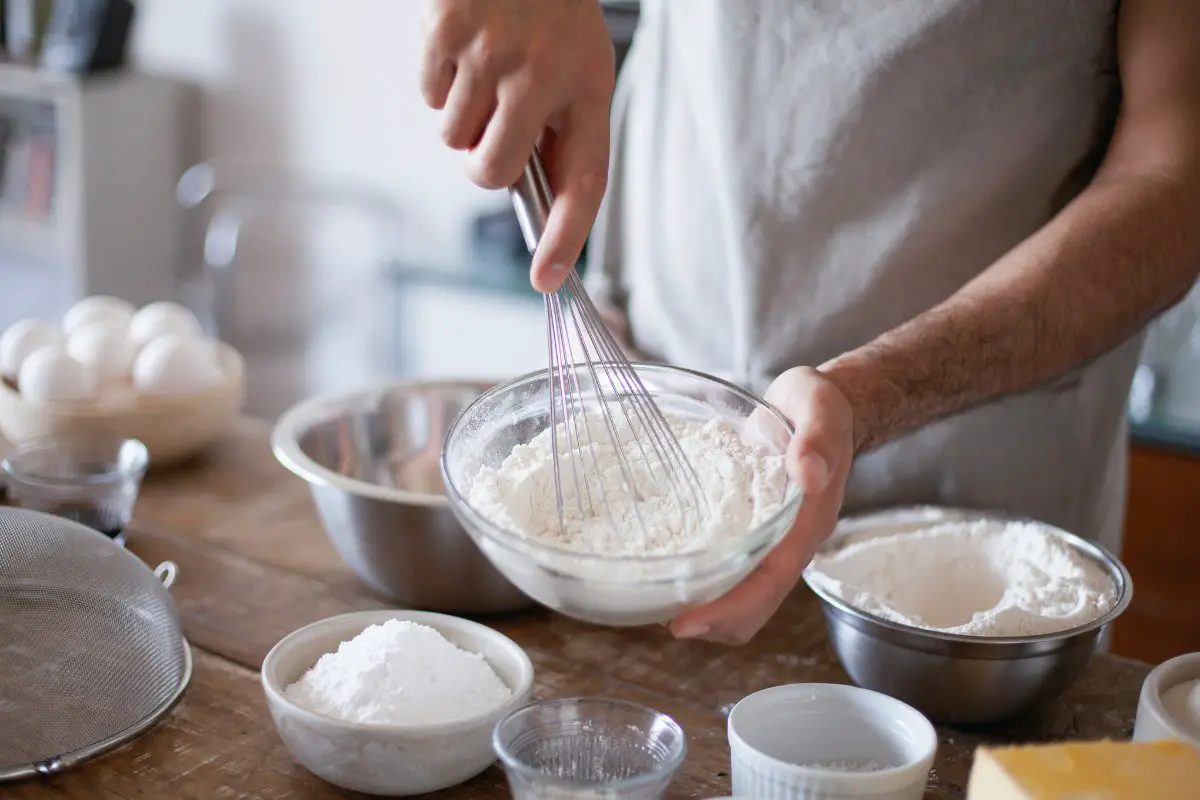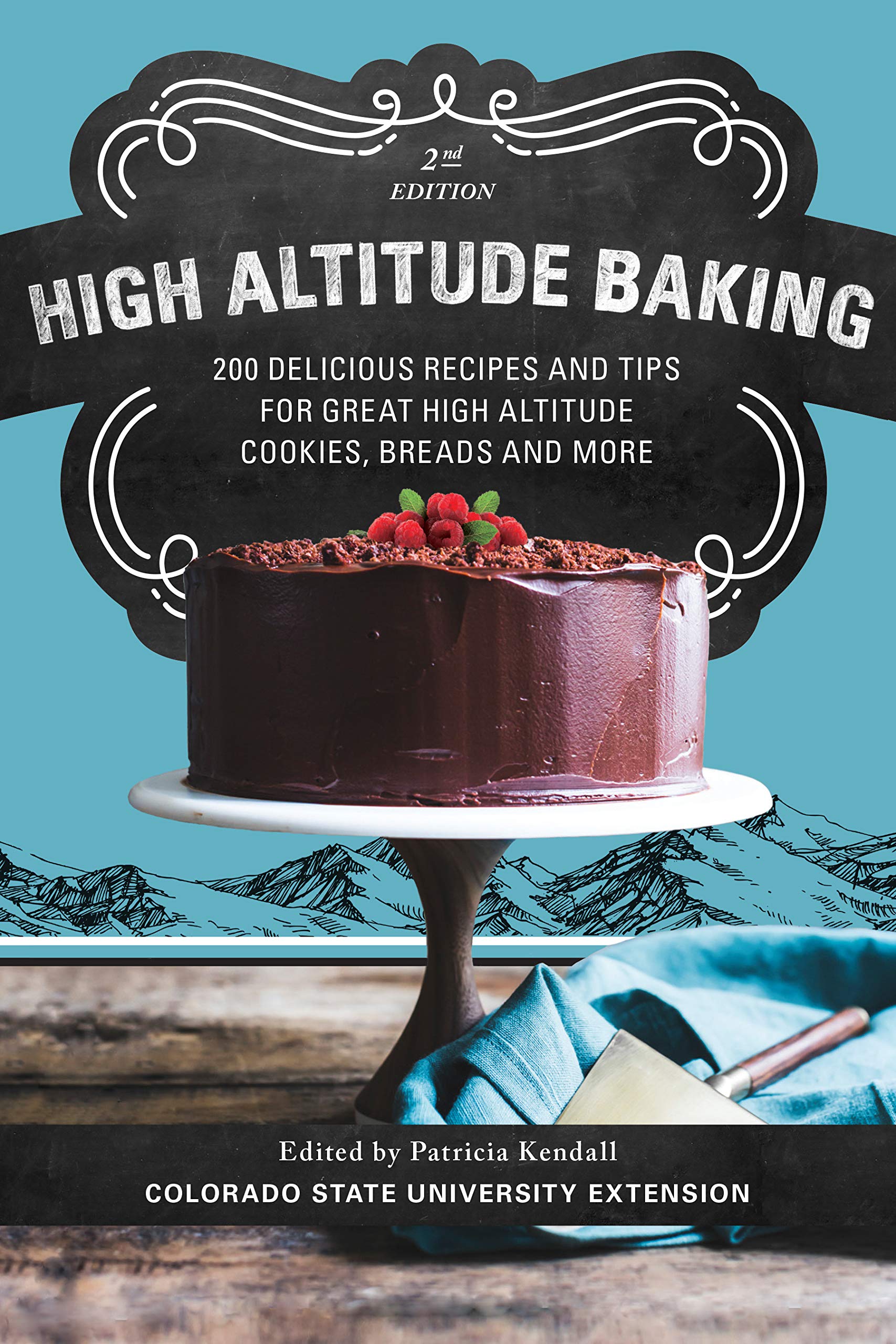Last Updated on February 16, 2023
Today, we’re going to be taking a look at King Arthur High altitude baking and how to adjust any measurements or recipes to ensure that your recipes are just perfect, even at a high altitude. High altitude baking may not be something you’ve even thought about. However, if you’re baking at a high altitude, the air pressure is lower and this is something you need to consider when it comes to baking foods. This is because the air pressure can affect the way foods bake massively. But what is King Arthur high altitude baking adjustment charts? Let’s take a closer look.
What is High Altitude Baking?
Simply put, high altitude baking is baking that happens when you’re at a higher altitude than usual. When the altitude is higher, the air pressure is lower and this can affect your baking. While a higher altitude is great for some reasons, baking is definitely not one of them.
It’s also worth noting that what works for you, may not work for someone another 10ft up, and vice versa. The charts we will be looking at today are just a guide and a helping point; high altitude baking definitely requires some practice! Ingredients such as flour, liquid, fat, and leavening all behave differently, depending on the altitude.
If you find that you’re still struggling after using these guides, try changing one ingredient at a time and pinpointing which ingredient is causing the problems. As I say, practice certainly makes perfect when it comes to high altitude baking.
What Adjustments Do You Need to Make When High Altitude Baking?
Almost all ingredients will need adjusting when it comes to high altitude baking. However, the most common ingredients you’ll need to change (and what we’ll be looking at today) are:
- baking time
- oven temperature
- sugar
- liquid
- flour
- leavening
How to Adjust for High Altitude Baking
The best way to adjust for high altitude baking is by using the high altitude baking adjustments chart. We’ll be covering this in detail in this post. Whether you’re making bread, cookies or cakes, we’re here to help – and to let you know all the correct changes that you need to make to your recipes.
High Altitude Baking Adjustments Chart
Now let’s get down to the reason you’re here – what changes to make and when. This may seem quite overwhelming at first, but I promise it’s not as daunting as you may think, and it’s something you’ll become used to with practice and patience. Let’s take a closer look.
Basic Changes – King Arthur High Altitude Baking
If you’re making quick breads, cakes or cookies, the adjustments are quite generic and will not vary too much from the following changes:
- Oven Temperature. You’ll need to increase the temperature by around 15-25F. The more delicate the cake, the lower the increase
- Time for Baking. For every 30 minutes of baking time, you’ll need to lower the time by around 5-8 minutes
- Sugar. For every one cup of sugar that the recipe calls for, use one tablespoon less per cup
- Flour. When you reach around 3,500 feet, you’ll need an extra tablespoon of flour. However, for every 1,000-2,000 feet after that altitude, you’ll need another tablespoon of flour
- Liquid. When you reach around 3,500 feet, you’ll need an extra 1-2 tablespoons of liquid. However, for every 1,000-2,000 feet after that altitude, you’ll need around 1 1/2 – 3 teaspoons of liquid.
High Altitude Baking: 200 Delicious Recipes and Tips
Leavening Adjustments – King Arthur High Altitude Baking
The amount of leavening you use (leavening is ingredients such as baking powder or baking soda) all depends on which altitude you’re at – an extra 1,000-2,000 feet can make all the difference when it comes to leavening. For example, if a recipe calls for
- 1 teaspoon of leavening: at 3-5k feet, you’ll need 7/8 of a teaspoon, at 5-6.5k feet, you’ll need 1/2 of a teaspoon and at 6.5-8k feet, you’ll only need 1/4 of a teaspoon
- 2 teaspoons of leavening: at 3-5k feet, you’ll need 1 1/2 teaspoons, at 5-6.5k feet, you’ll need 1 teaspoon and at 6.5-8k feet, you’ll only need 3/4 of a teaspoon
- 3 teaspoons of leavening: at 3-5k feet, you’ll need 2 teaspoons, at 5-6.5k feet, you’ll need 1 1/4 teaspoon and at 6.5-8k feet, you’ll only need 1 teaspoon
- 4 teaspoons of leavening: at 3-5k feet, you’ll need 2 1/2 teaspoons, at 5-6.5k feet, you’ll need 1 1/2 teaspoon and at 6.5-8k feet, you’ll only need 1 teaspoon
Take Out Time to Also Read:
- Baking Soda vs Baking Powder: A Complete Guide
- Why Do Cakes Fall When Cooling? (Simple and Easy Fixes)
Baking Sourdough at High Altitude
Sourdough does not use leavening but instead uses sourdough starter. When it comes to adjusting the amount of sourdough starter for high altitude, you don’t particularly need to. Altitude has little affect on this ingredient. You may need to add slightly more water for sourdough bread, but in general, sourdough is one of the easiest bread to make at high altitudes.
King Arthur Flour High Altitude Baking – Which to Use?
When it comes to choosing a particular flour for high altitude baking, King Arthur flour comes as the most recommended brand. They have a huge selection available which are sorted to a range of varying dietary lifestyles. From all-purpose flour, to bread flour, to whole wheat flour, to high gluten flour – they have everything you could possibly need. If you’d like to find out more about their range of flours, you can check out their website here.
However, you can use any flour for your high altitude baking, as long as you’re making the necessary adjustments.

Conclusion – King Arthur High Altitude Baking
I hope this post has helped you to become more familiar with King Arthur high altitude baking and their recommendations for adjustments when it comes to baking at varying high levels of altitude. It’s important to remember that this is just a rough guide and it may take some trial and error to get the exact measurements right for you.
Do you have any tips and tricks when it comes to high altitude baking? If so, please feel free to let me know in the comments below. Sharing is caring!


